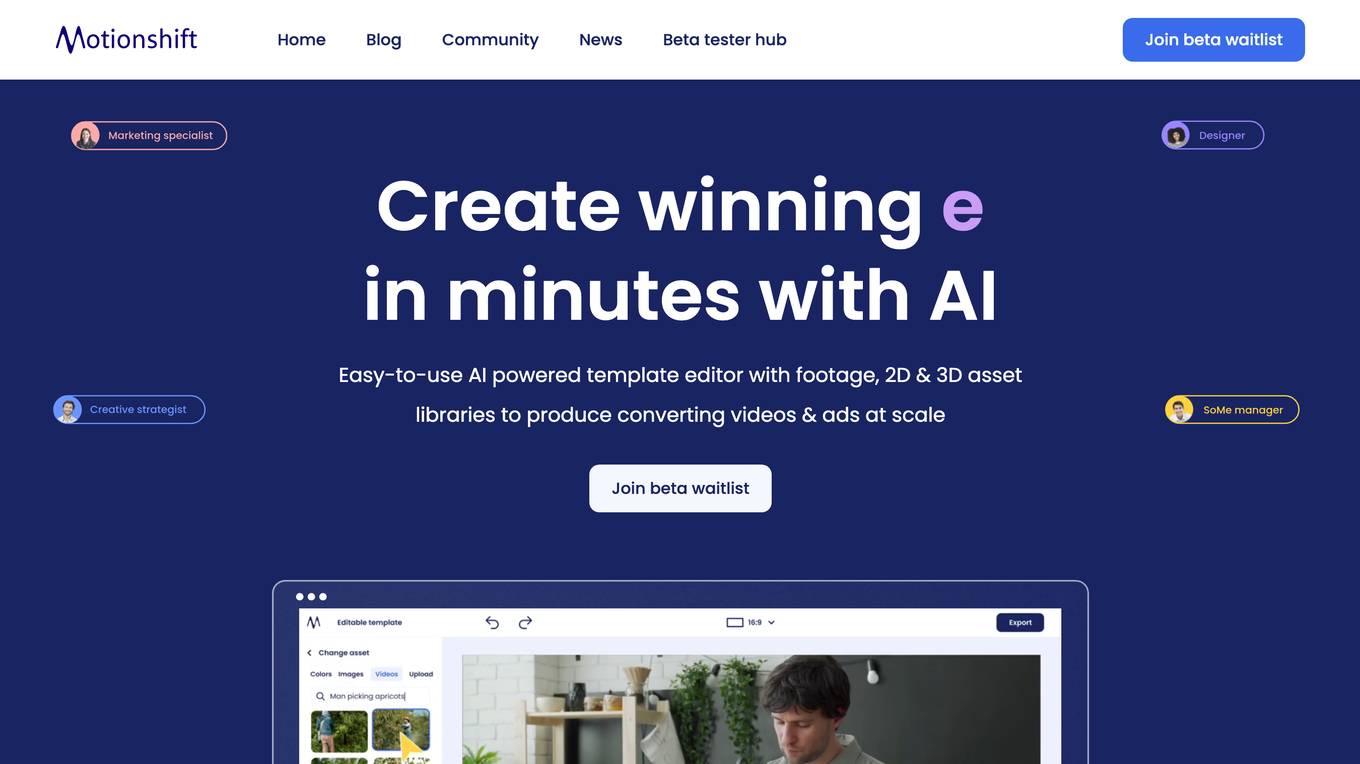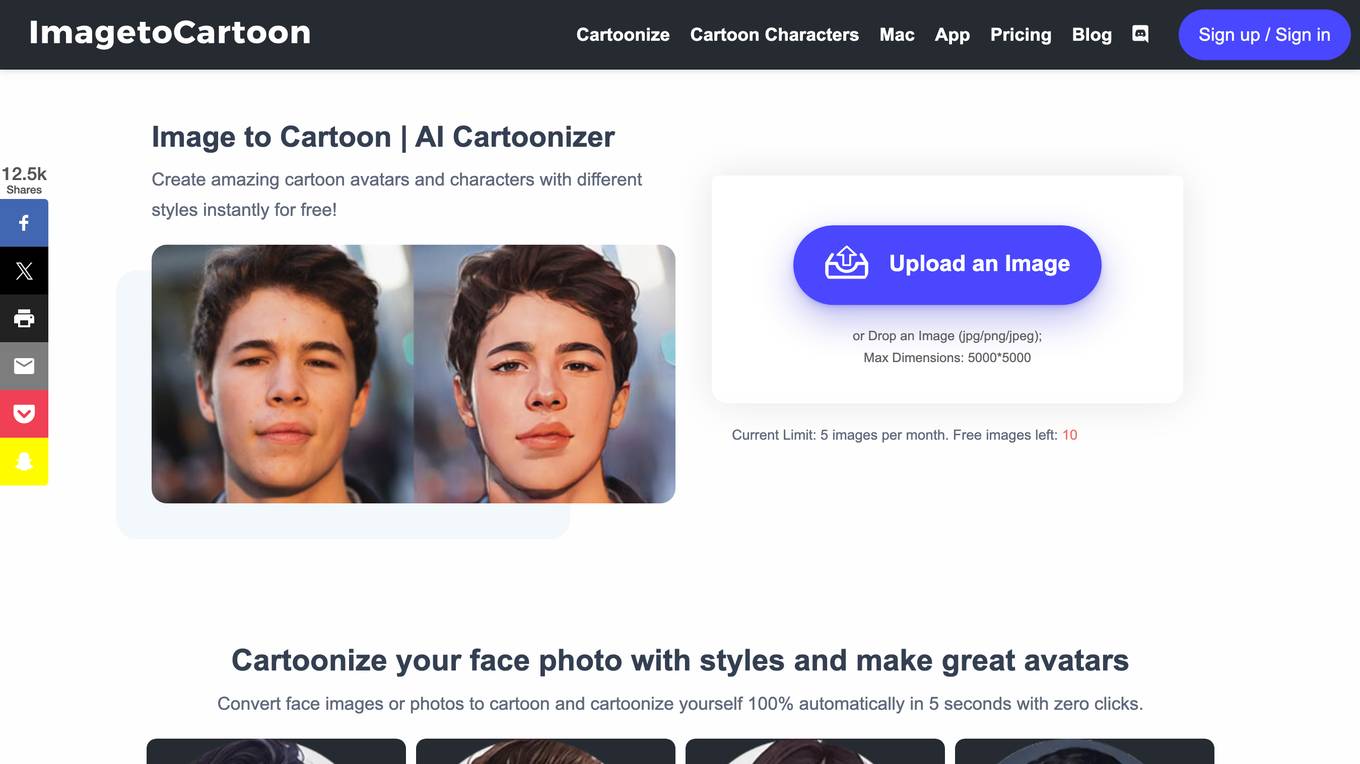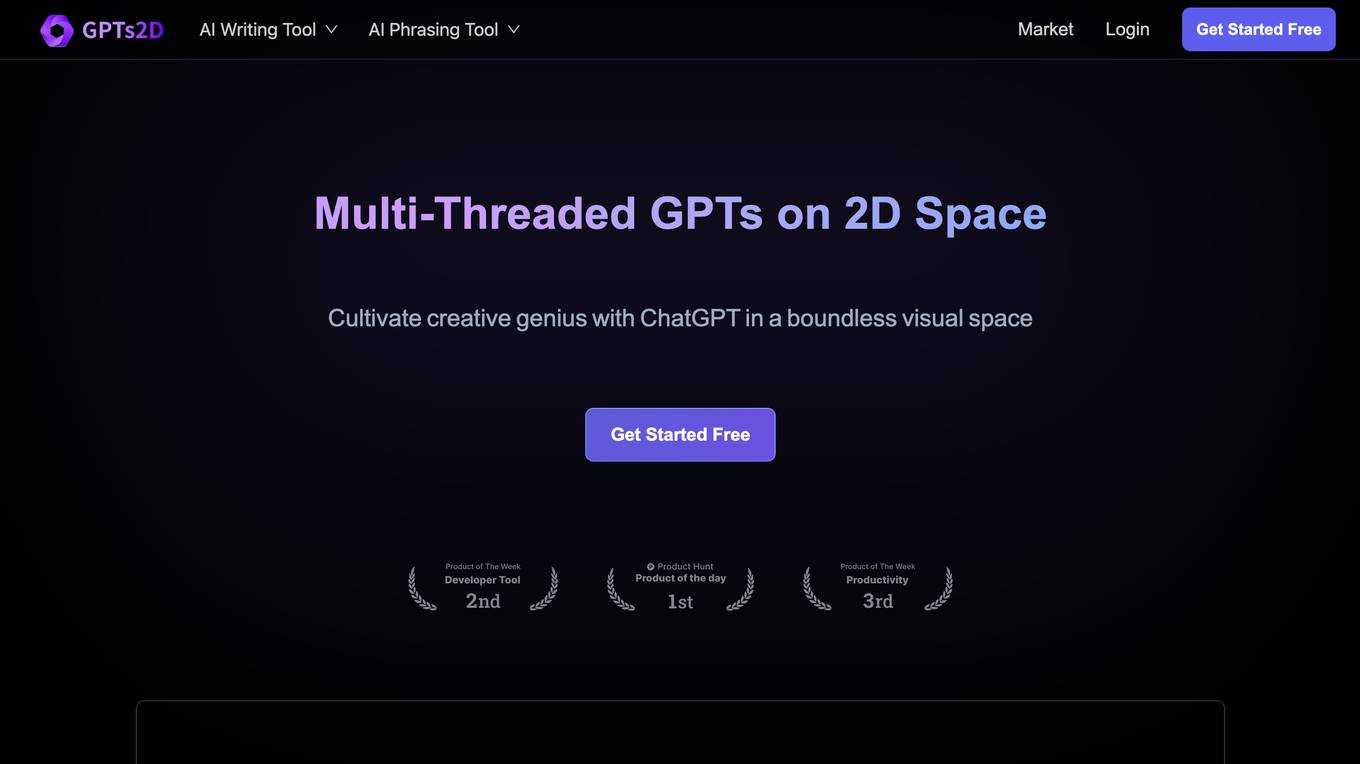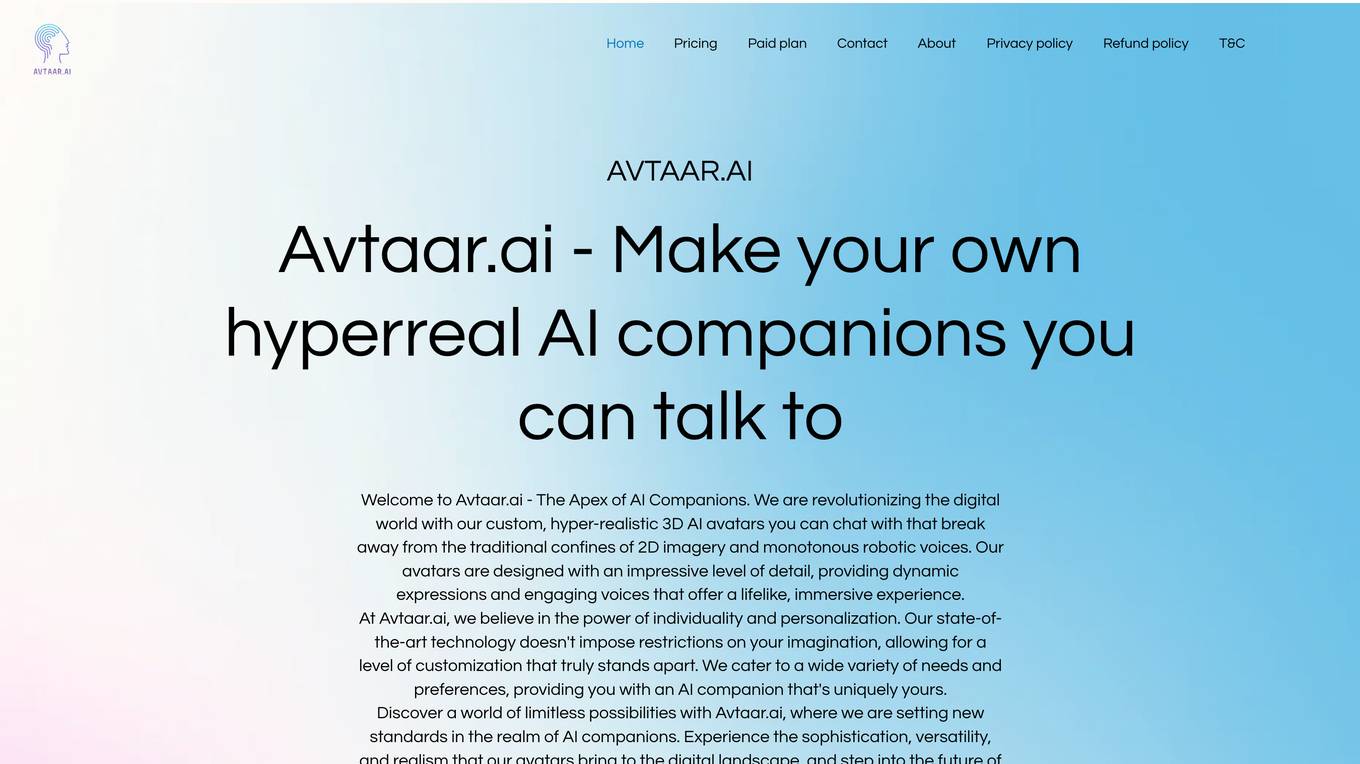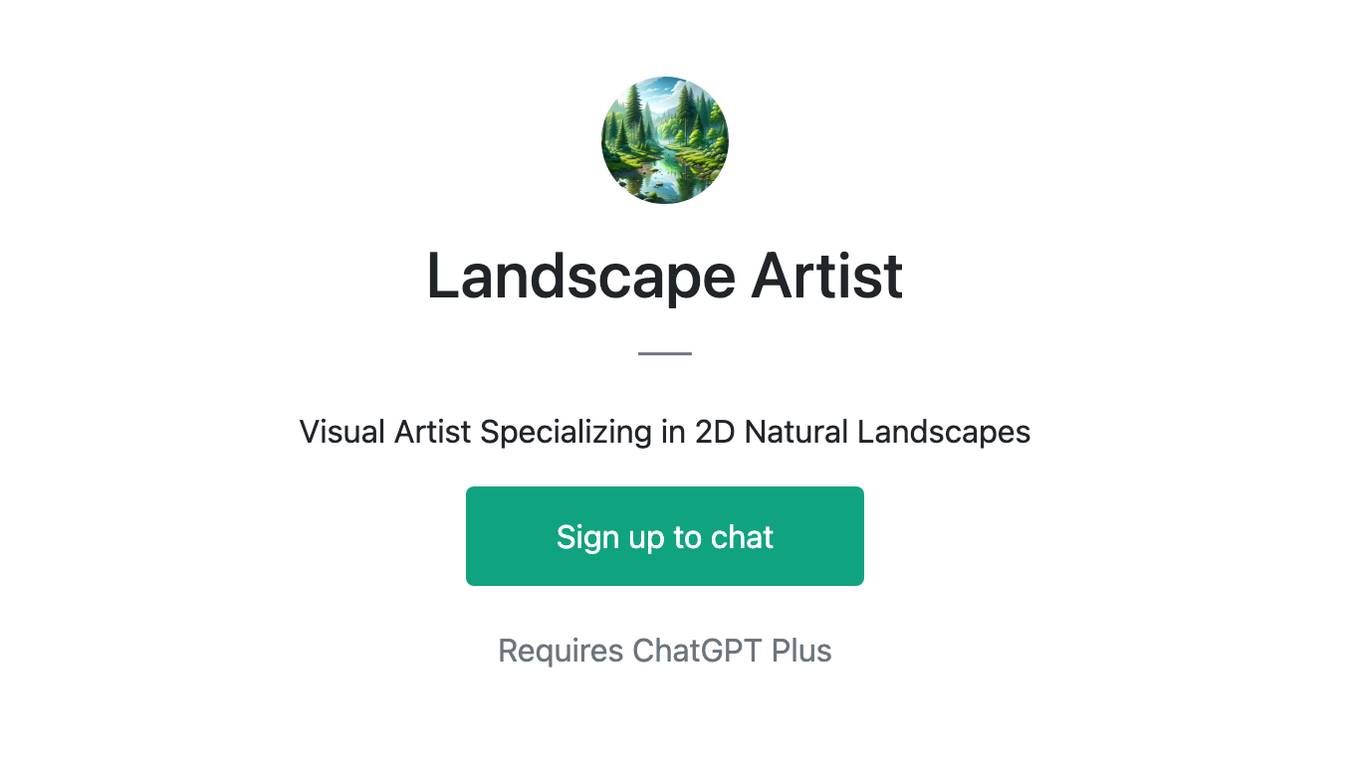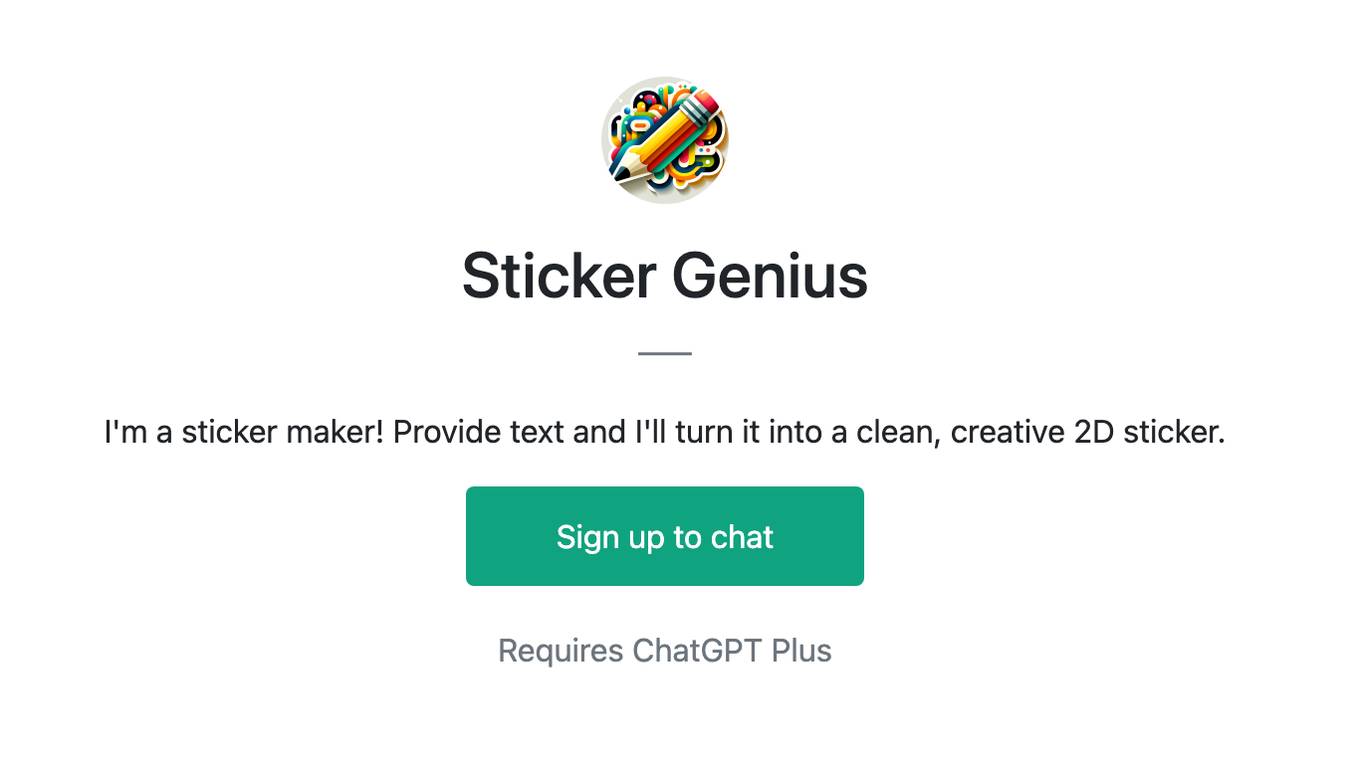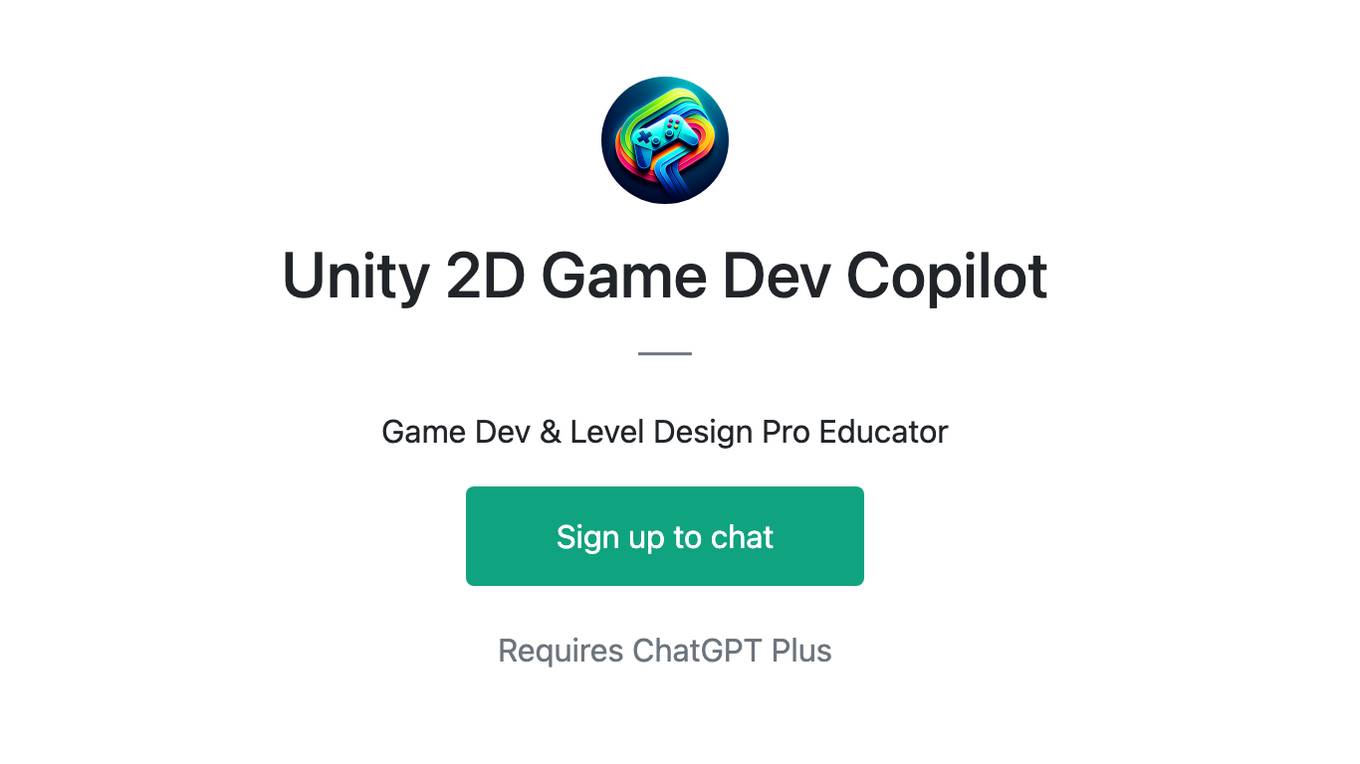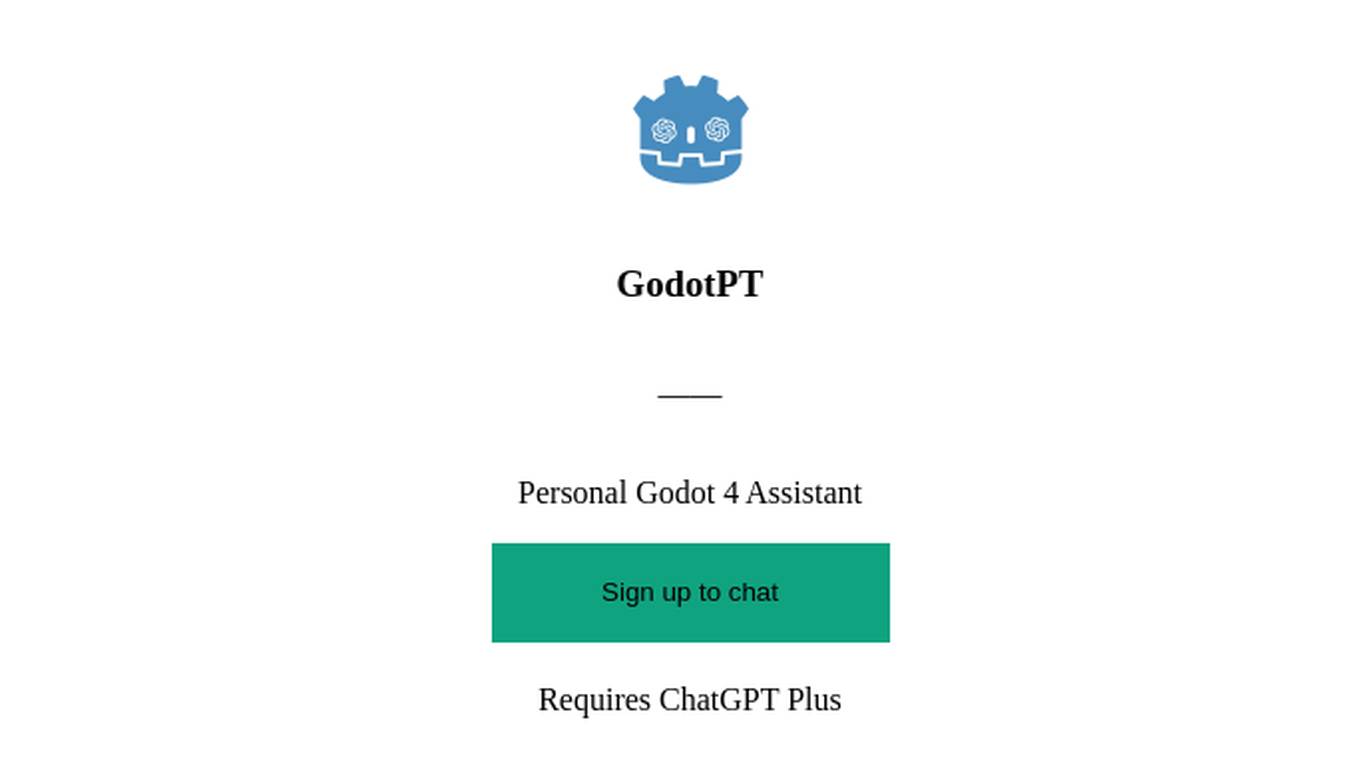AI tools for 2D الى 3ي
Related Tools:
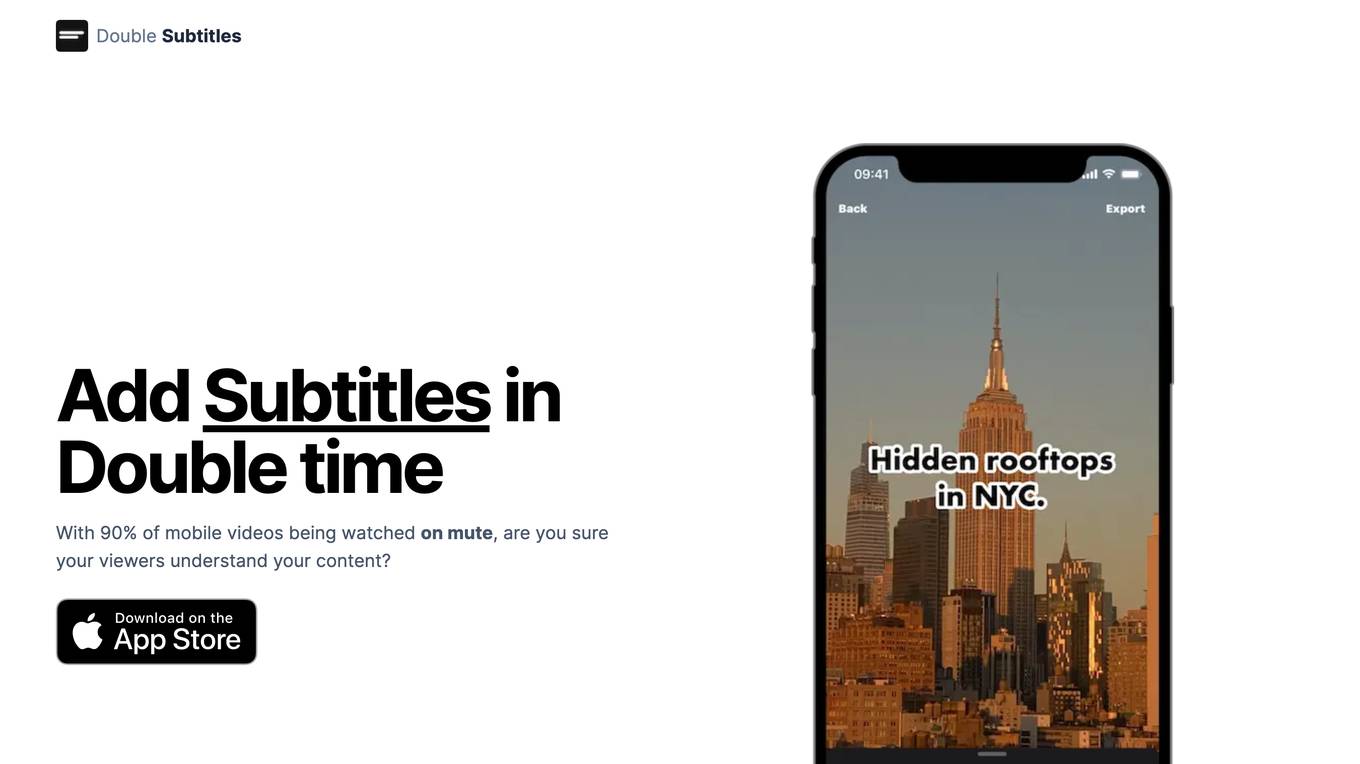
Double Subtitles
Double Subtitles is an AI-powered tool that helps you add subtitles to your videos quickly and easily. With 90% of mobile videos being watched on mute, it's more important than ever to make sure your viewers can understand your content. Double Subtitles uses advanced AI algorithms to generate accurate, precise, and fast subtitles. It's 90% more accurate, 20x faster, and 3x lower cost than the competition. Plus, you can customize the style of your subtitles to match your brand. With Double Subtitles, you can be sure that your viewers will understand your content, no matter how they're watching it.
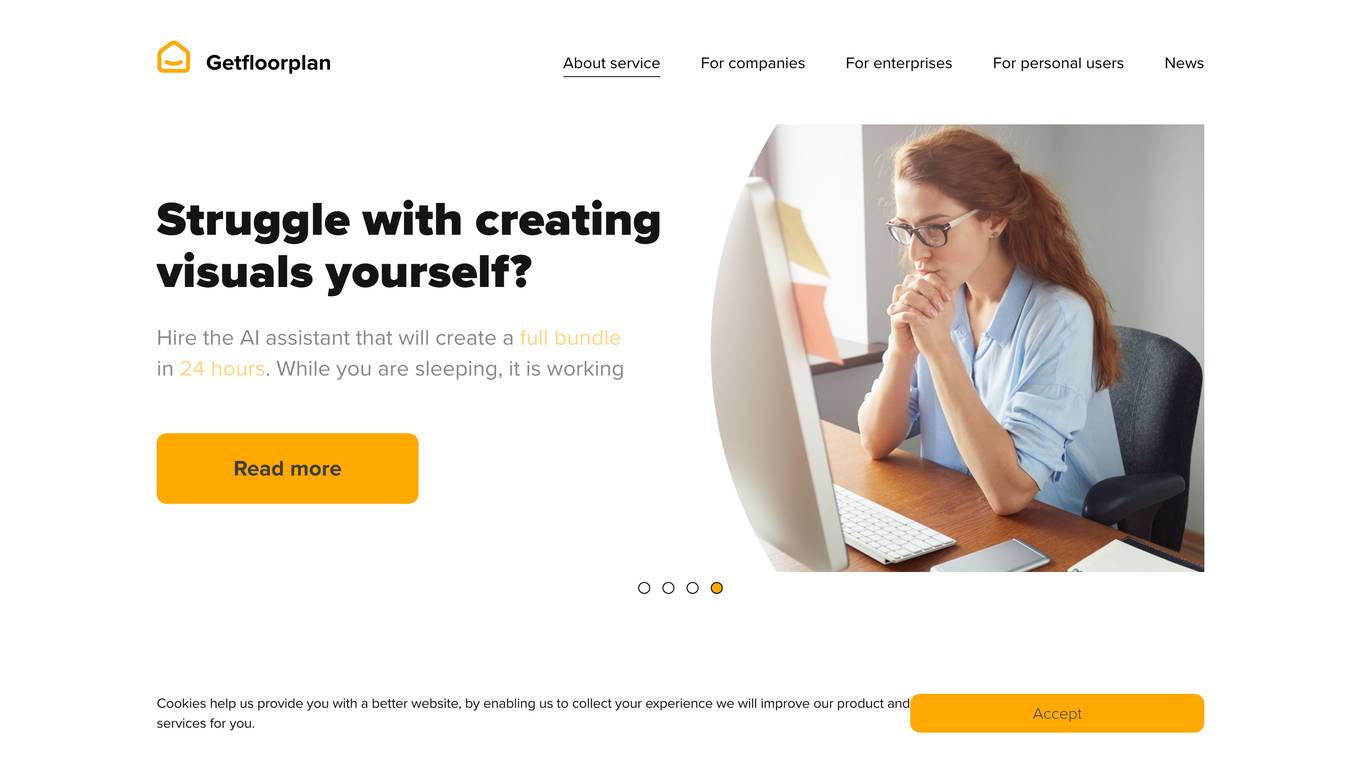
Getfloorplan
Getfloorplan is an AI-powered platform that allows users to create 2D and 3D floor plans, as well as virtual tours for real estate properties. The application offers various sets of property visuals at different price points, starting from basic 2D plans to high-quality renderings. Users can upload a floor plan and receive realistic and attractive visuals within 24 hours, without the need for human involvement. Getfloorplan guarantees the lowest price and offers a money-back guarantee if users are unsatisfied with the results.
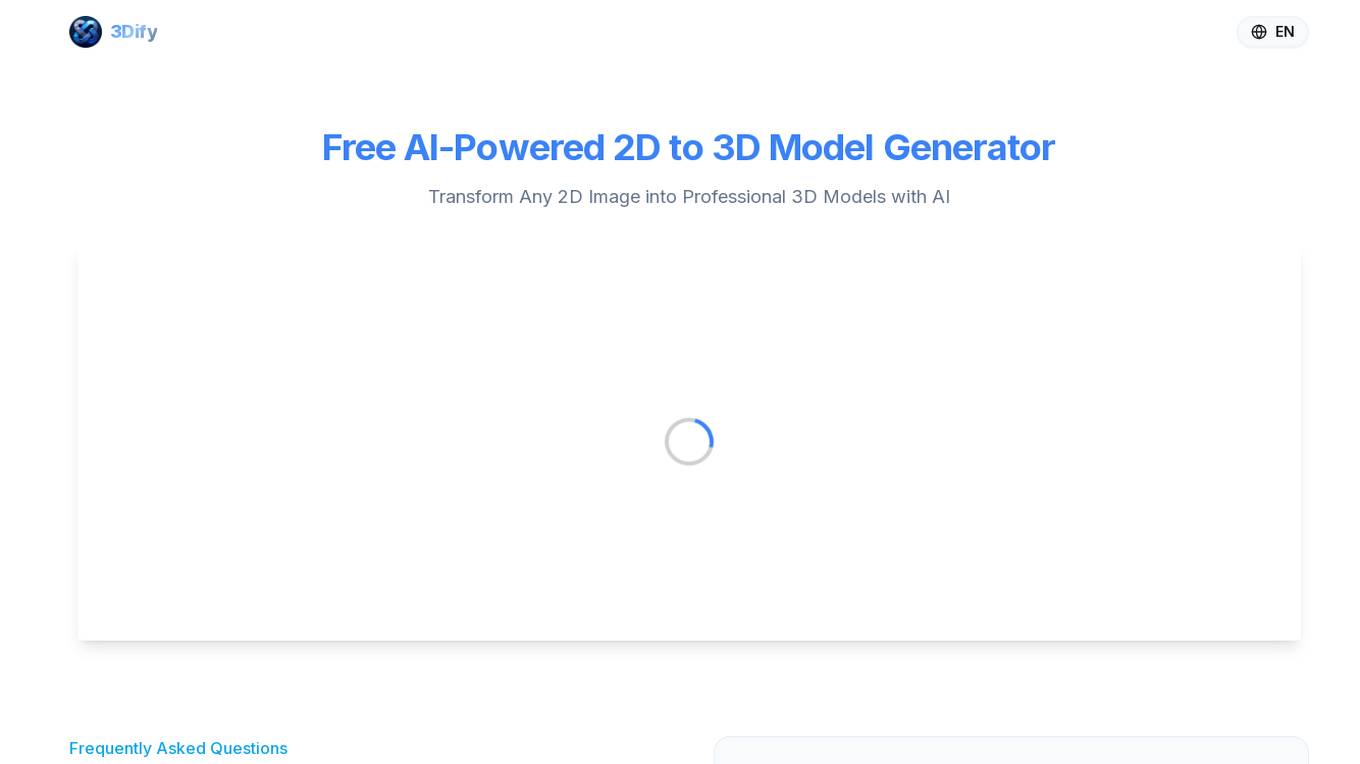
3Dify
3Dify is an AI-powered 2D to 3D model generator that allows users to transform any 2D image into professional 3D models with the help of artificial intelligence. The platform offers a straightforward process where users can upload their 2D images, have the background removed automatically, and generate 3D assets with just a click. 3Dify supports various input and output formats, making it widely compatible with common 3D software and game engines. The service is free to use and aims to make 3D creation accessible to everyone, enabling users to create game assets, textures, animations, and more.
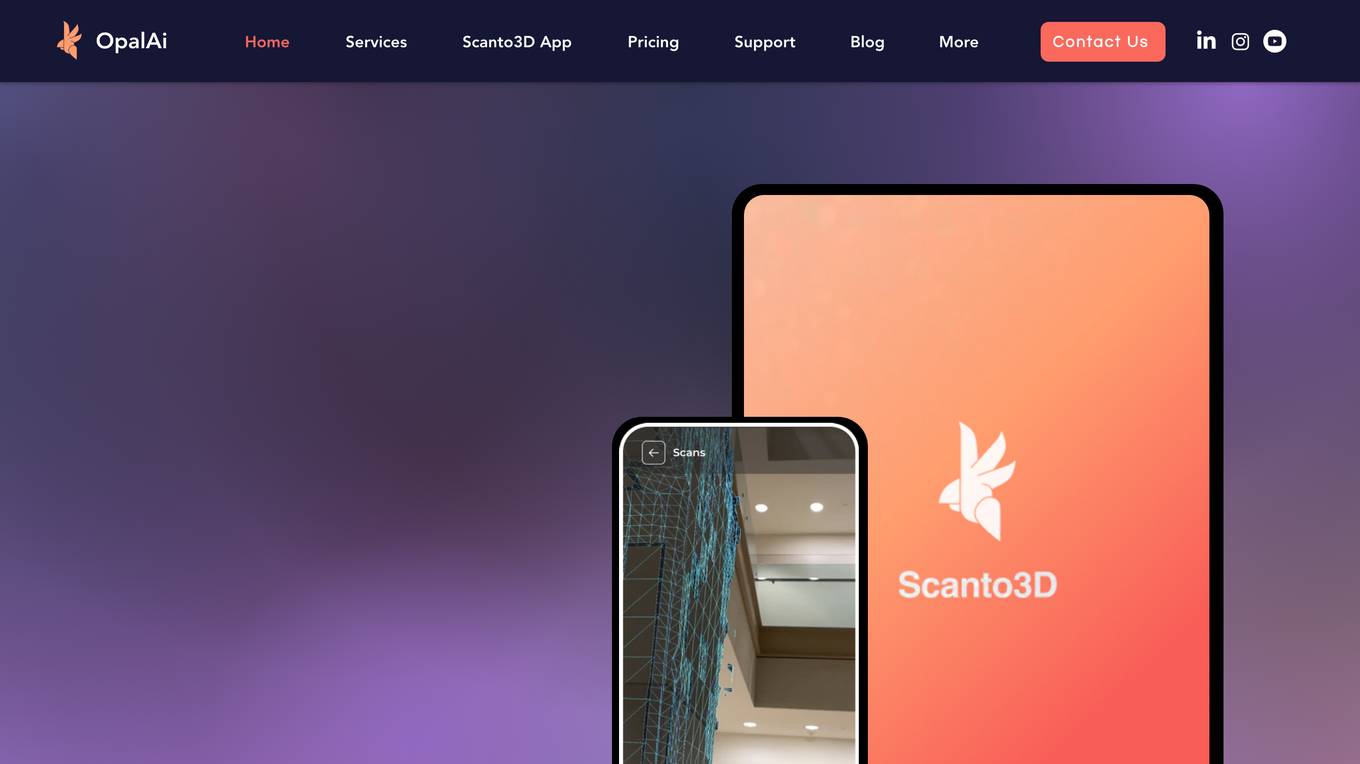
OpalAi
OpalAi is a revolutionary floor plan creator app that empowers users to create detailed floor plans and BIM models using only their iPhone or iPad. With its cutting-edge AI technology, OpalAi automates the entire process, eliminating the need for manual measurements, note-taking, and furniture removal. Simply scan your space, texture it within the app, and upload the project to receive a complete floor plan in just 10 minutes. OpalAi supports various output formats, including 3D CAD & BIM models, Revit, AutoCAD, Sketchup, Rhino, PDF, and 2020 Design models, with options for textured and colored models. The app's advanced features and capabilities make it an ideal tool for architects, contractors, real estate agents, interior designers, and homeowners alike.
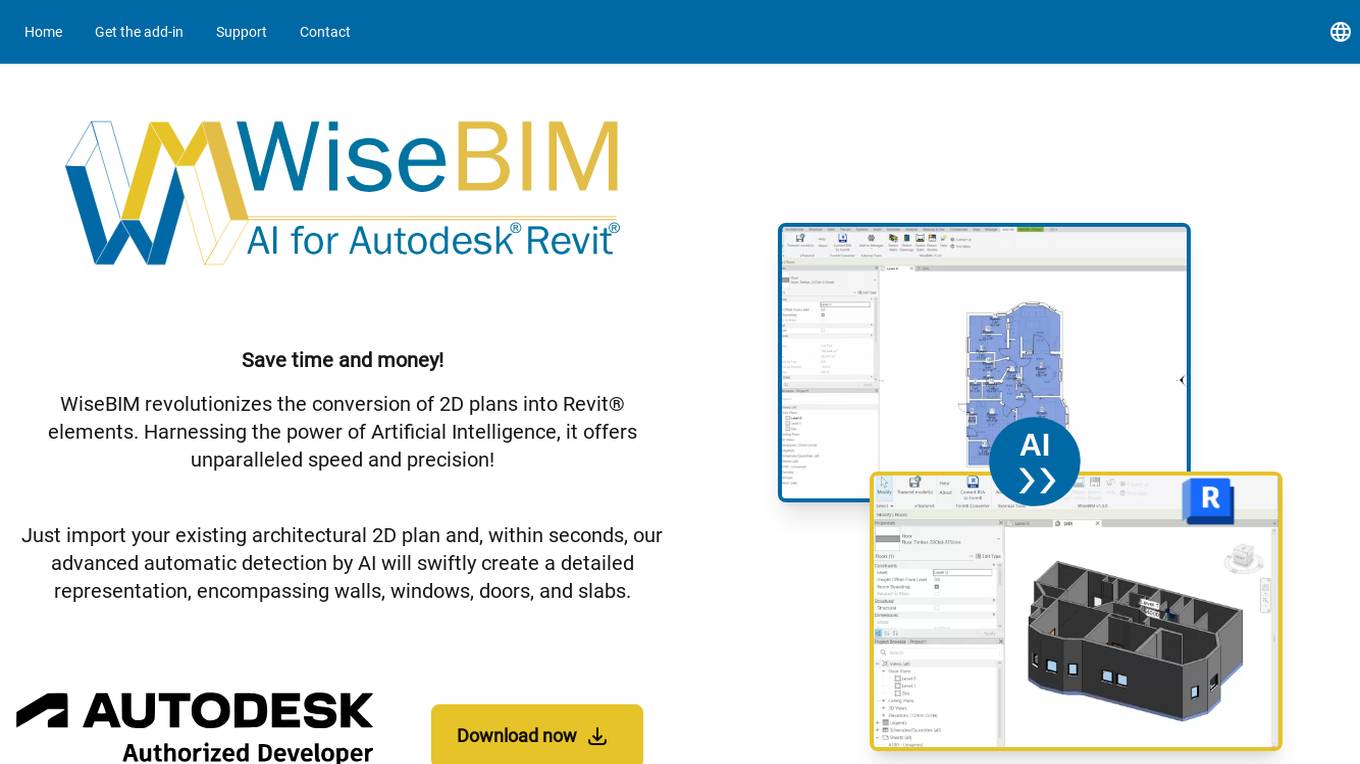
WiseBIM
WiseBIM is an AI tool designed for Autodesk Revit users to streamline the conversion of 2D plans into detailed Revit elements. By leveraging Artificial Intelligence technology, WiseBIM offers exceptional speed and accuracy in creating Revit models from architectural plans. The tool simplifies the process for engineering offices, architects, construction companies, owners, facility, and property managers, enabling them to save time and money by automating the detection and creation of Revit elements.
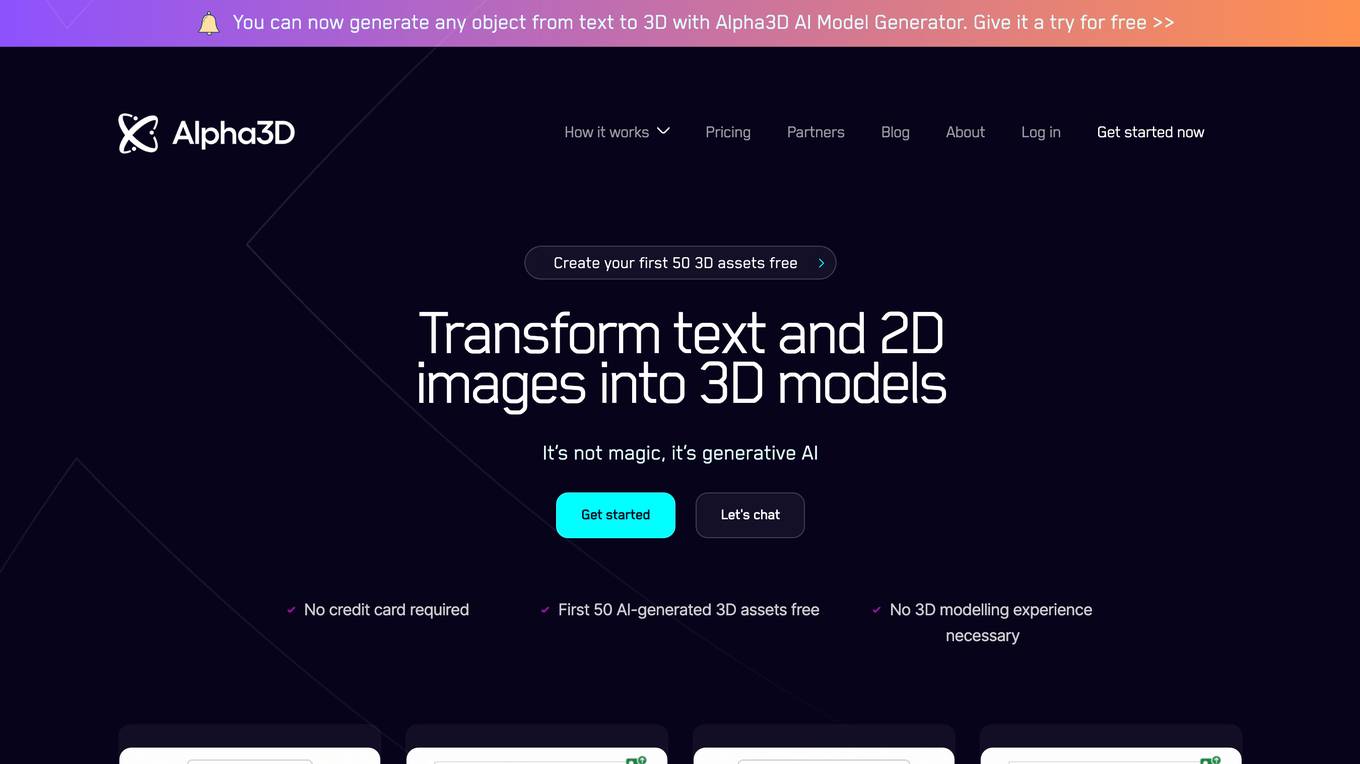
Alpha3D
Alpha3D is a game-changing generative AI platform that empowers game developers and content creators to bring their visions to life by effortlessly transforming text prompts and 2D images into high-quality 3D digital assets in minutes. It is a user-friendly tool that allows users to create 3D models without the need for prior 3D modeling experience. Alpha3D is known for its speed, cost-effectiveness, and ease of use in generating 3D assets for various applications.

Travel AI
This website provides a personalized and detailed trip itinerary for any travel idea or place in the world in seconds using artificial intelligence. It offers a wide range of features to help you plan your perfect trip, including the ability to search for flights, hotels, and activities, as well as get recommendations on what to see and do. The website also provides a variety of travel tips and advice to help you make the most of your trip.
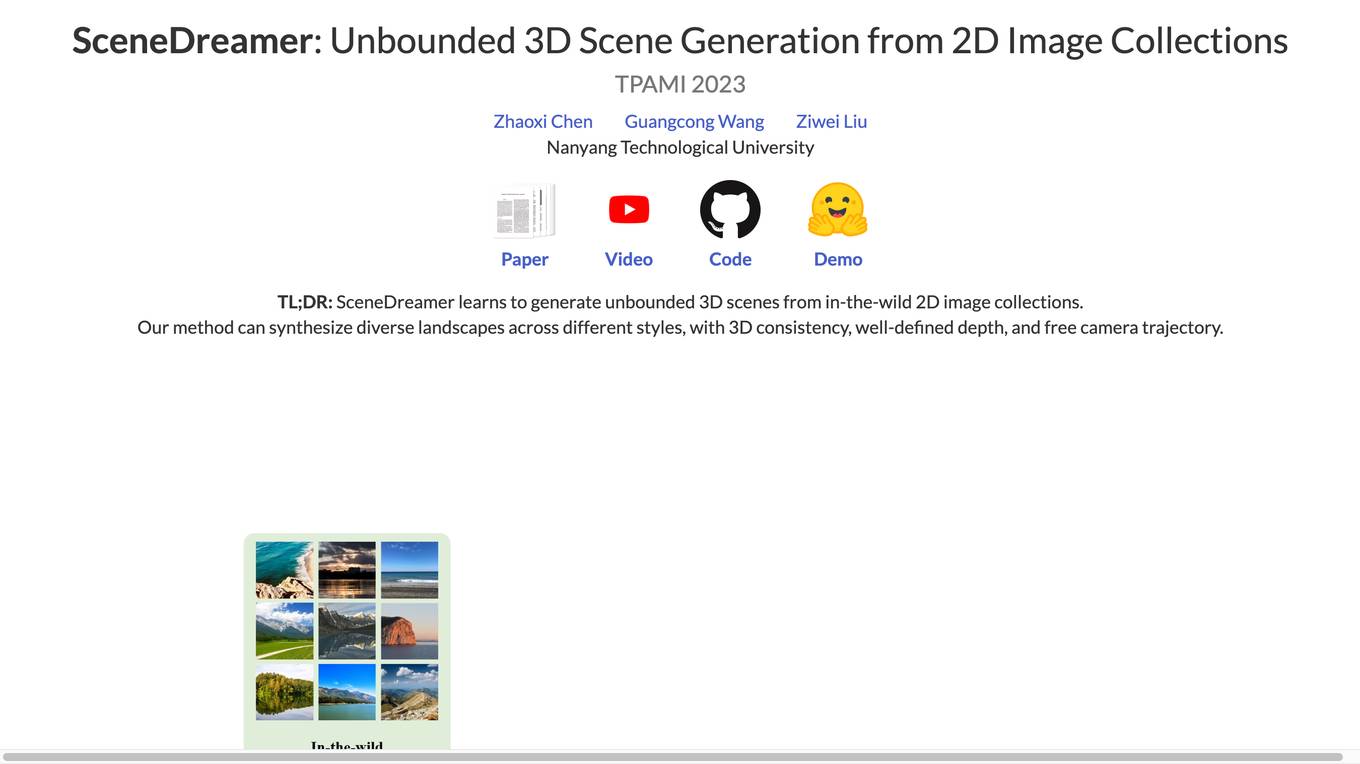
SceneDreamer
SceneDreamer is an AI tool that learns to generate unbounded 3D scenes from in-the-wild 2D image collections. It synthesizes diverse landscapes with 3D consistency, well-defined depth, and free camera trajectory. The framework comprises an efficient 3D scene representation, generative scene parameterization, and a neural volumetric renderer. SceneDreamer does not require 3D annotations and demonstrates superiority over state-of-the-art methods in generating vivid and diverse unbounded 3D worlds.
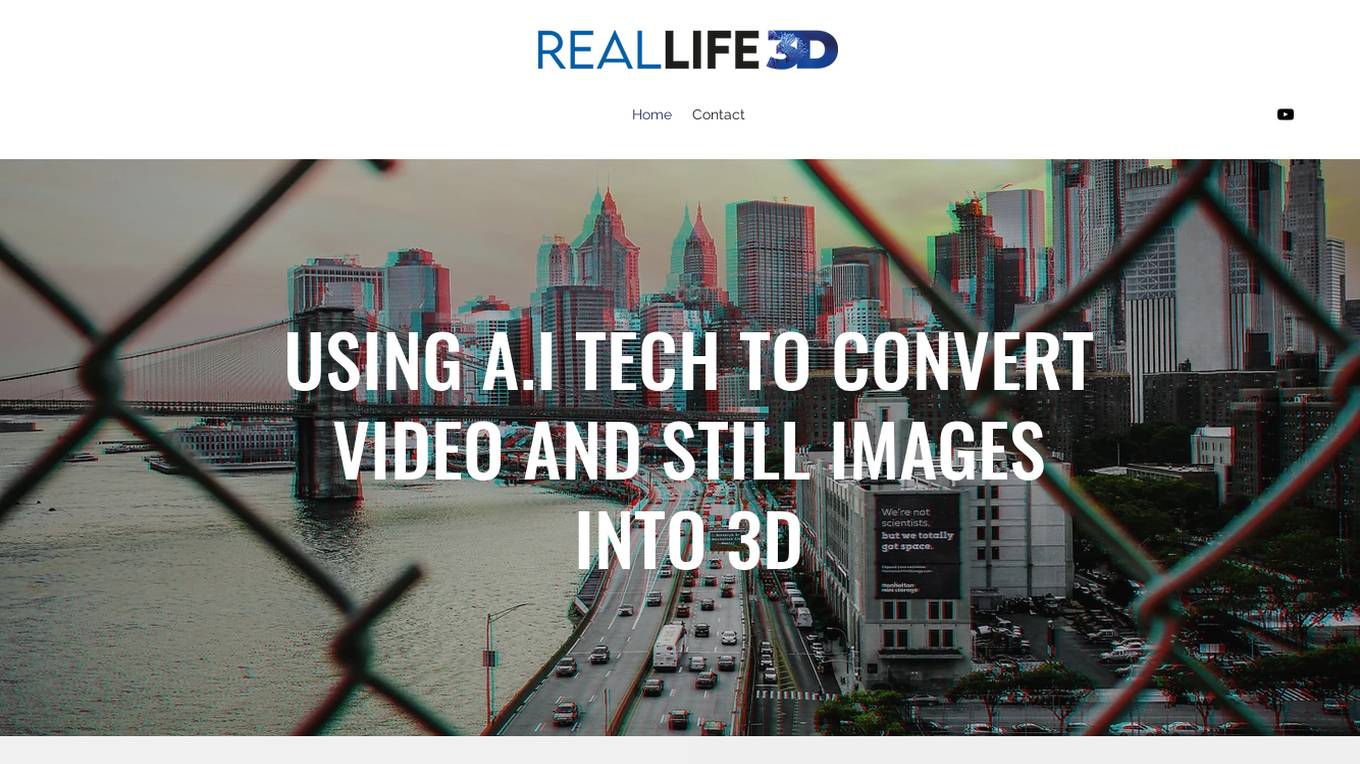
Real Life 3D
Real Life 3D is an AI-powered platform that specializes in converting video and still images into 3D format. The platform utilizes advanced AI technology to streamline the conversion process, making it efficient and cost-effective. Real Life 3D offers the ability to deliver content to various 3D and VR platforms, enhancing the immersive experience for viewers. The platform caters to a wide range of users, from filmmakers to content creators, by providing a seamless solution for transforming 2D content into engaging 3D experiences.
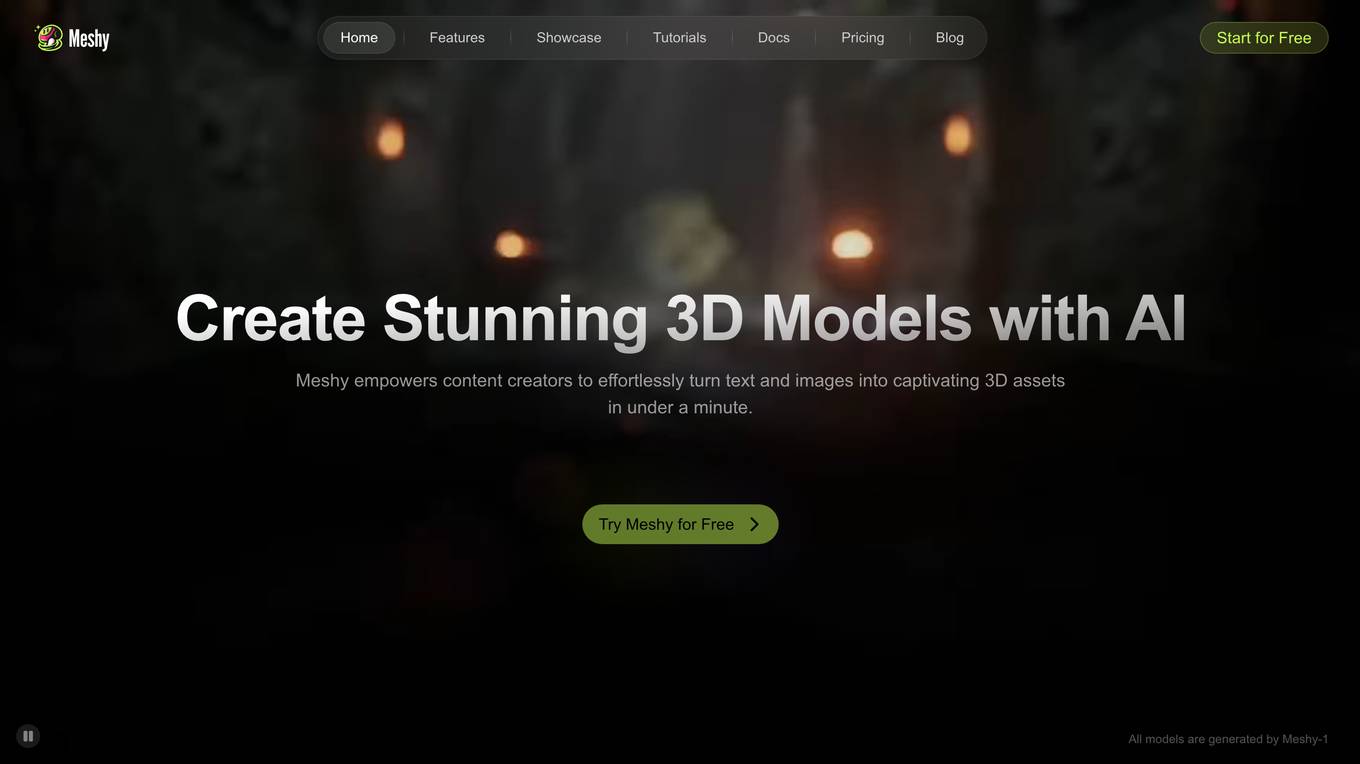
Meshy AI
Meshy AI is a free AI 3D model generator that allows users to easily create 3D models from text and images. With features like text to 3D, image to 3D, AI texturing, animation, and API integration, Meshy AI empowers creators to bring their ideas to life in the world of 3D modeling. The application offers a user-friendly interface and a vibrant community of over 3 million creators, making it a go-to tool for professionals and enthusiasts alike.
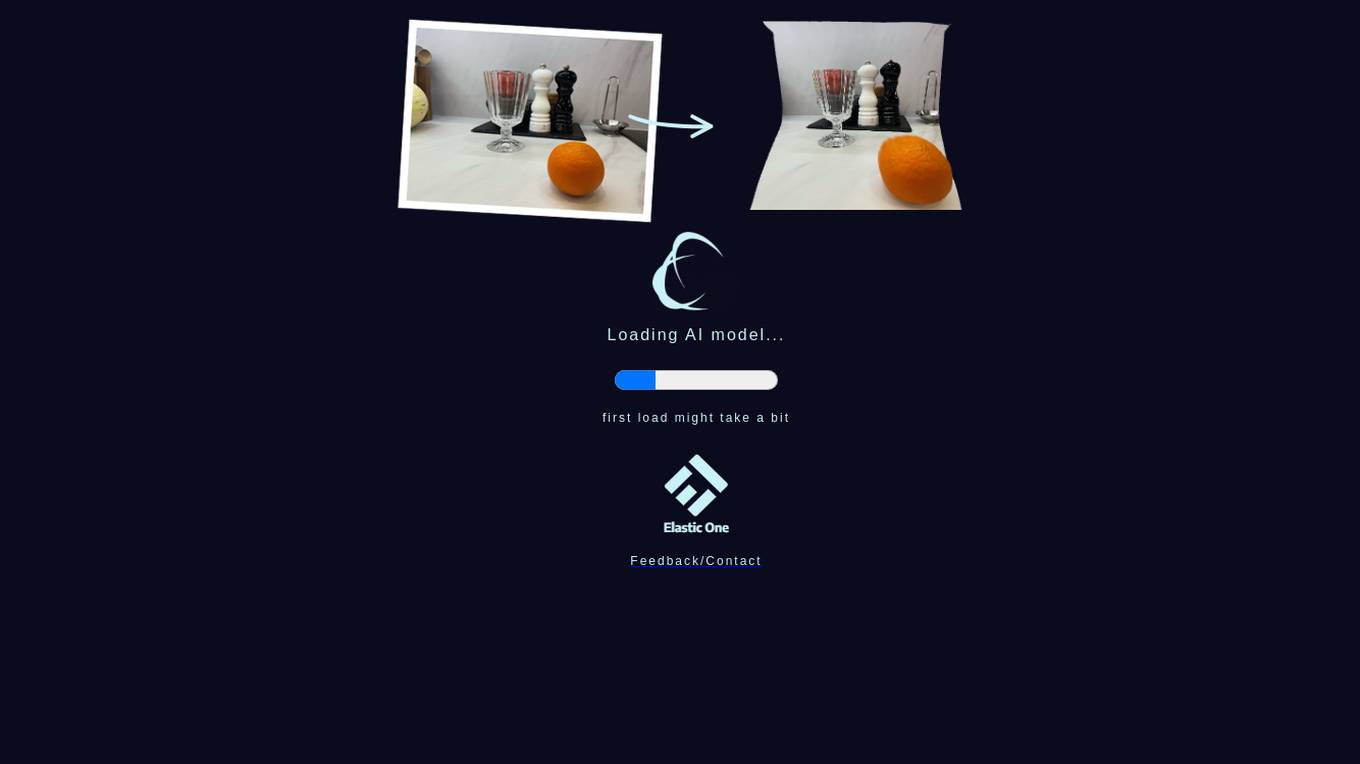
Make your image 3D
This website provides a tool that allows users to convert 2D images into 3D images. The tool uses artificial intelligence to extract depth information from the image, which is then used to create a 3D model. The resulting 3D model can be embedded into a website or shared via a link.
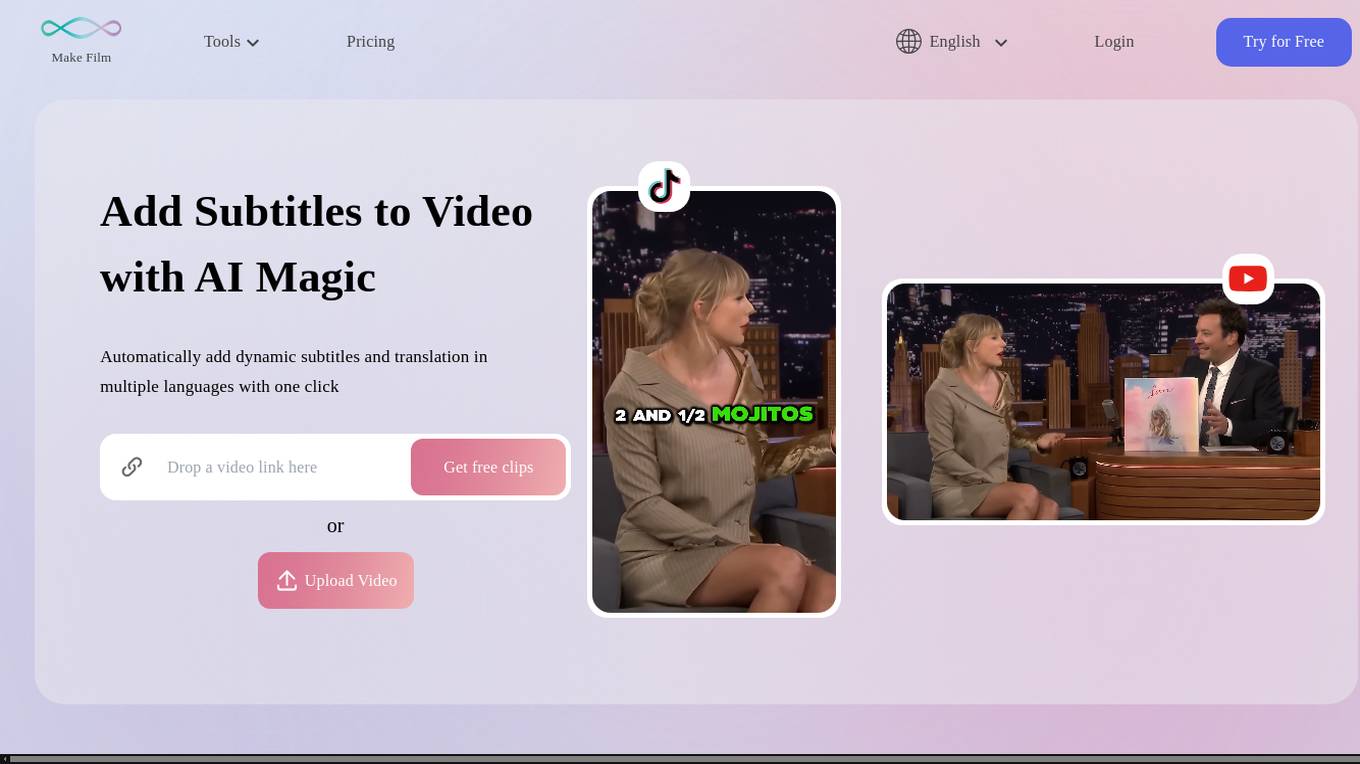
Makefilm.ai
Makefilm.ai is an AI-powered platform that transforms YouTube videos into TikTok and Shorts effortlessly. It offers a range of features such as automatic generation of captions in multiple languages, customizable editing tools, real-time speech captioning, and dynamic effects. The platform aims to make video creation engaging, accessible, and professional for video creators, businesses, educators, and marketers. With Makefilm.ai, users can enhance video accessibility, reach a wider audience, and create high-quality videos with ease.
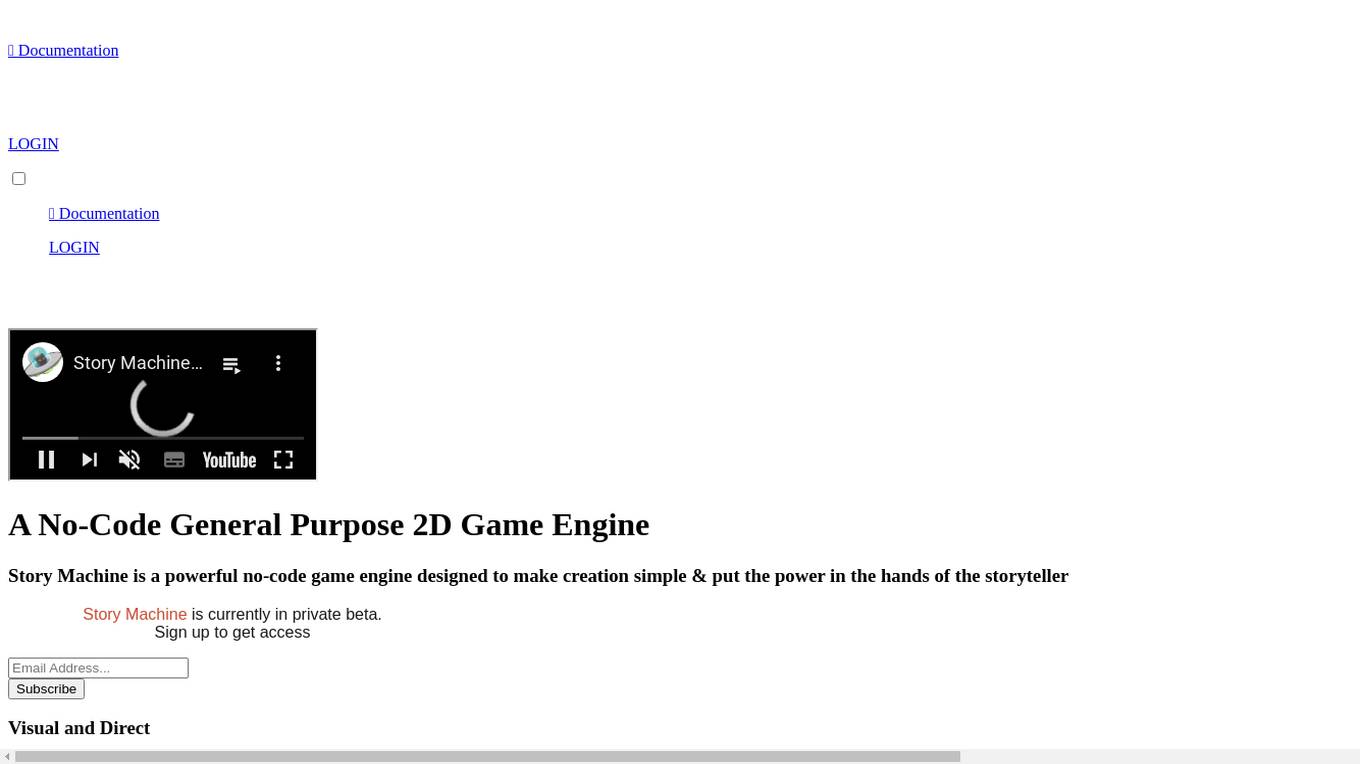
Story Machine
Story Machine is a powerful no-code game engine designed to make creation simple & put the power in the hands of the storyteller. Story Machine is currently in private beta. Assemble your game with the ease of drag and drop, no programming required. Story Machine enables top-tier 2D adventure game development through a direct, visual grammar. Arrange sequences of actions to build game logic without code. Story Machine is designed to make game development straightforward, without the complexity and baggage of other modern game engines. Generate AI art for prototyping or production directly in Story Machine. Use context-aware UI to quickly create backgrounds, objects, or characters. Or just write a prompt. Story Machine finds the best AI model and service to satisfy your request, and uses it to generate your image.

Pigeon Studio
Pigeon Studio is an animation studio that specializes in creating engaging and impactful animated content for businesses and organizations. With a team of experienced animators and designers, Pigeon Studio can bring your ideas to life with high-quality 2D and 3D animation. Whether you need an explainer video, a marketing video, or a training video, Pigeon Studio can create a custom solution that meets your needs.
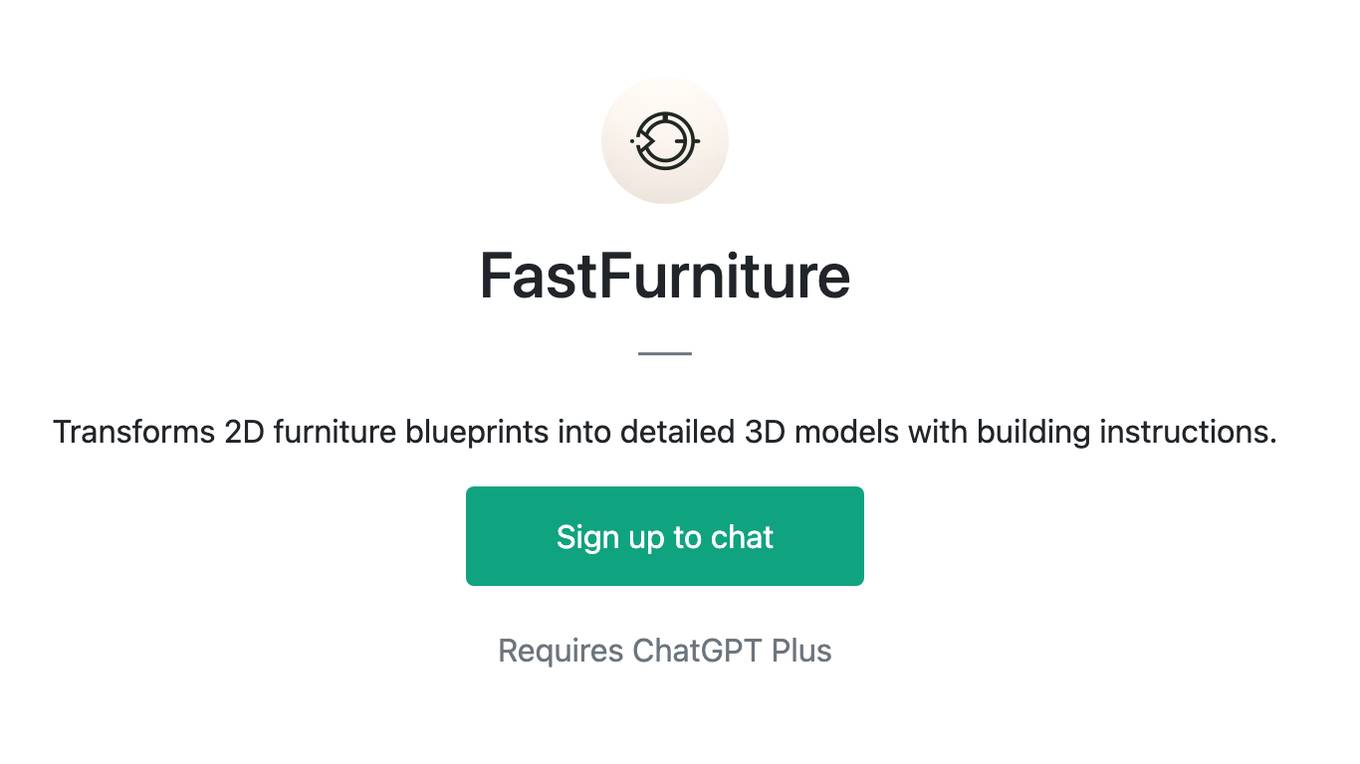
FastFurniture
Transforms 2D furniture blueprints into detailed 3D models with building instructions.
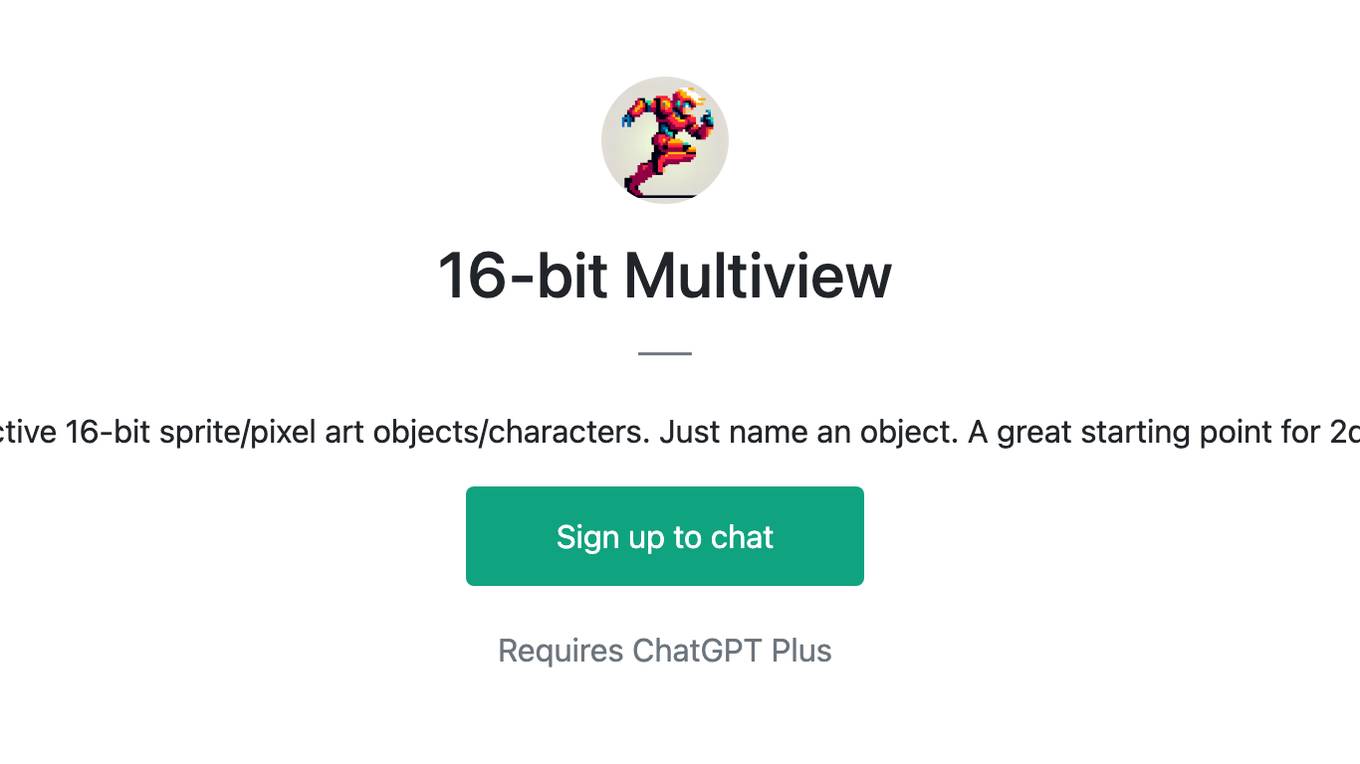
16-bit Multiview
Multiple perspective 16-bit sprite/pixel art objects/characters. Just name an object. A great starting point for 2d game assets.
Eliora
State of the art fitness assistant, featuring AI assisted workouts, planning, nutrition, and DNA analysis.
